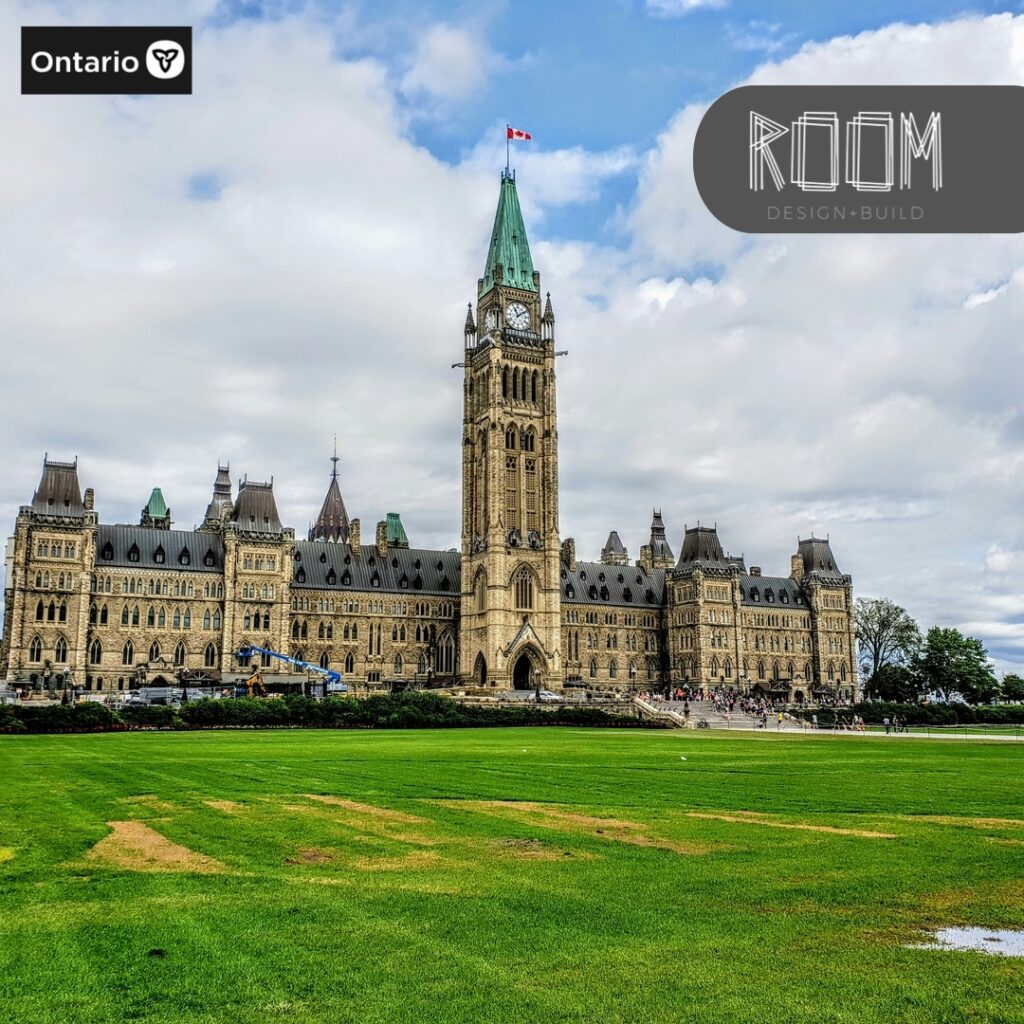Table of Contents
In Ontario, Canada, the construction industry relies heavily on professionals who adhere strictly to the building codes. BCIN designers are at the forefront of this, ensuring all building projects comply with the Ontario Building Code. This article details their role, certification process, and the types of projects they manage, targeting industry professionals and potential clients interested in understanding the distinction between commercial and residential projects.
What Is a BCIN Designer?

A BCIN designer is essentially a certified expert whose job it is to make sure that buildings in Ontario are safe and up to code. BCIN stands for Building Code Identification Number, which is a special number these professionals get when they pass specific exams about the Ontario Building Code. This isn’t just about following rules; it’s about ensuring that homes, offices, and other buildings meet standards that keep everyone safe and secure.
These designers are involved in various projects—from designing a cozy family home to planning large commercial buildings. Their work includes creating detailed plans that show everything from the foundation to the roof, ensuring that every part of the building will be sturdy, safe, and functional.
Becoming a BCIN designer means more than just passing exams; it requires staying sharp on all the latest building regulations and trends, which change as new safety information and technologies develop. It’s a role that places them at the heart of building safety and innovation, making them crucial players in the construction world. They don’t just make buildings—they make buildings better.
The BCIN Certification Process

To become a BCIN designer, one must navigate through a comprehensive process:
- Educational Requirements: Aspiring designers often start with relevant courses at institutions like George Brown College, which prepare them for the BCIN exams.
- Registration and Examinations: Candidates need to register online for a BCIN through the Ministry of Municipal Affairs & Housing and pass specific exams that focus on the Ontario Building Code.
- Licensing: Successful candidates are granted a BCIN, enabling them to legally review and submit building plans for approval.
Scope of Work for BCIN Designers

BCIN designers work across various project types:
- Residential and Commercial Buildings: They design plans for both home and commercial spaces, ensuring they adhere to size and safety regulations.
- Specialized Designs: BCIN designers also handle more complex projects like septic system planning and large-scale commercial renovations.
- Collaborative Projects: They frequently collaborate with architects and engineers, especially on projects that require specialized knowledge in mechanical or structural engineering.
Legal and Professional Requirements
BCIN designers must comply with several legal requirements, notably:
- Bill 124: This legislation outlines mandatory insurance coverage, testing for all designers, and guidelines for building permit processing.
- Licensing Maintenance: BCIN licenses are renewed annually, requiring proof of insurance and adherence to updated building codes.
The Value of BCIN Designers in Construction

BCIN (Building Code Identification Number) designers hold a specific role in the construction industry, primarily within Ontario, Canada. These professionals are accredited to engage in certain activities related to the building code and the design of buildings up to a certain size and complexity. Here are some key values that BCIN designers bring to construction projects:
- Regulatory Compliance: BCIN designers are well-versed in the Ontario Building Code (OBC), ensuring that all designs comply with current laws and regulations. This expertise is crucial in preventing legal and safety issues that could arise from non-compliance.
- Efficiency in Design Approval: With a BCIN, designers can submit plans and conduct reviews, which helps streamline the building permit process. This can lead to faster approvals and fewer delays in project timelines.
- Professional Expertise: BCIN designers typically possess specialized knowledge in specific areas such as structural, HVAC, fire safety, and other critical aspects of building design. This expertise helps in creating efficient, safe, and cost-effective buildings.
- Risk Management: By ensuring compliance with the building code, BCIN designers help manage risk, reducing the likelihood of structural failures, safety issues, and subsequent legal liabilities.
- Innovation and Sustainability: Many BCIN designers also focus on innovative and sustainable building practices. Their designs often incorporate energy-efficient systems and environmentally friendly materials, contributing to more sustainable construction practices.
- Versatility: BCIN certification allows designers to work on a variety of projects, including residential, small commercial, and industrial buildings. This versatility makes them valuable contributors to a wide range of construction projects.
Summary
Understanding the role and importance of BCIN designers is essential for anyone involved in the construction industry in Ontario. These professionals ensure that every building project is safe, compliant, and well-designed, aligning with both legal standards and client expectations.
Room Design Build is an architectural design and build firm located in Toronto. If you need more information on design and build, contact us today and learn how we can help you.



